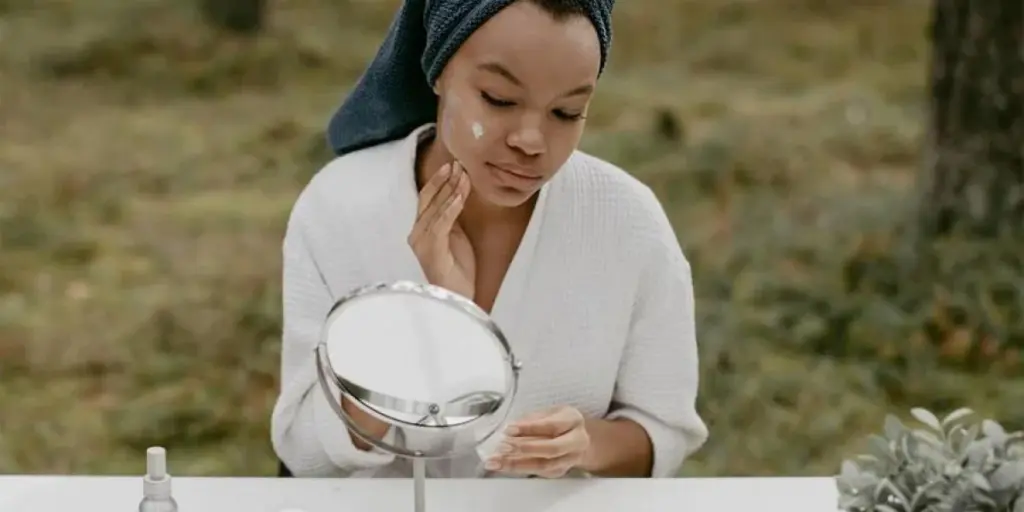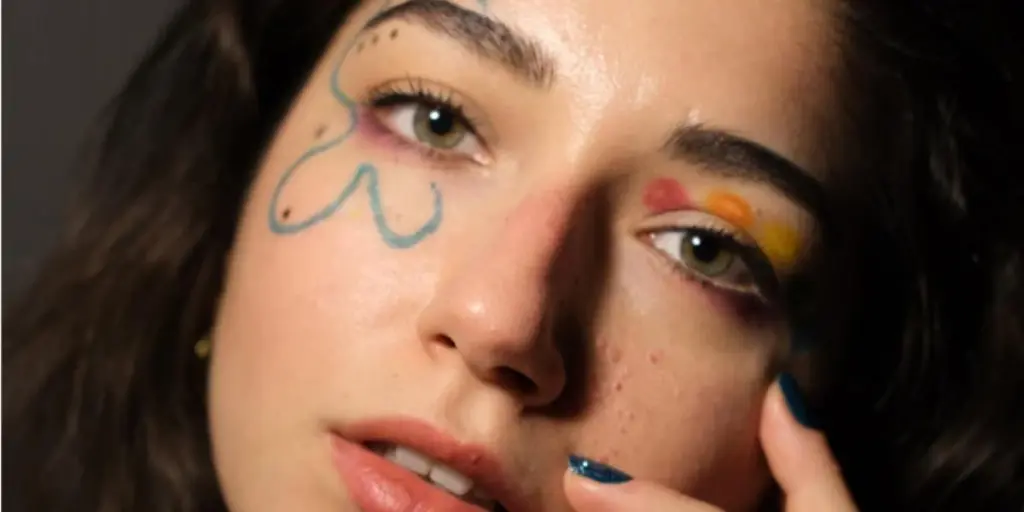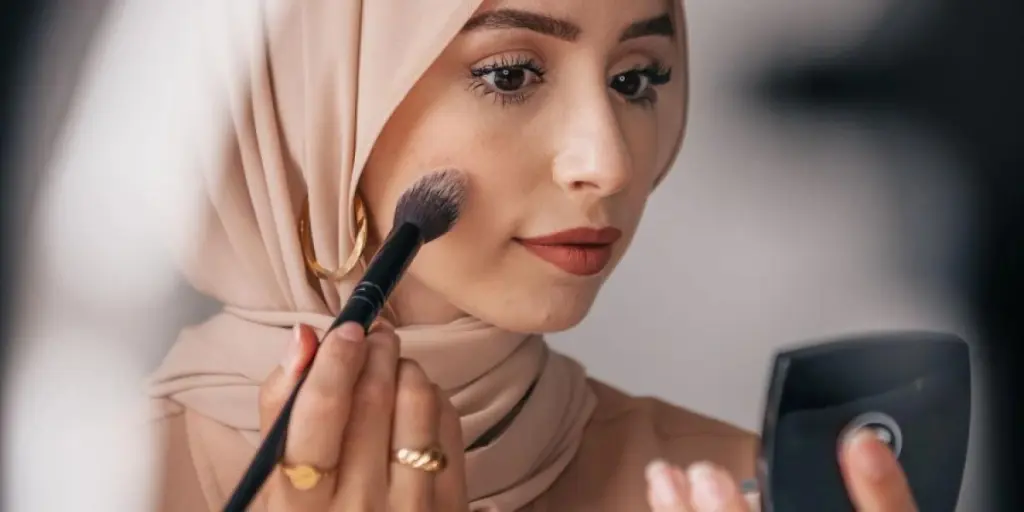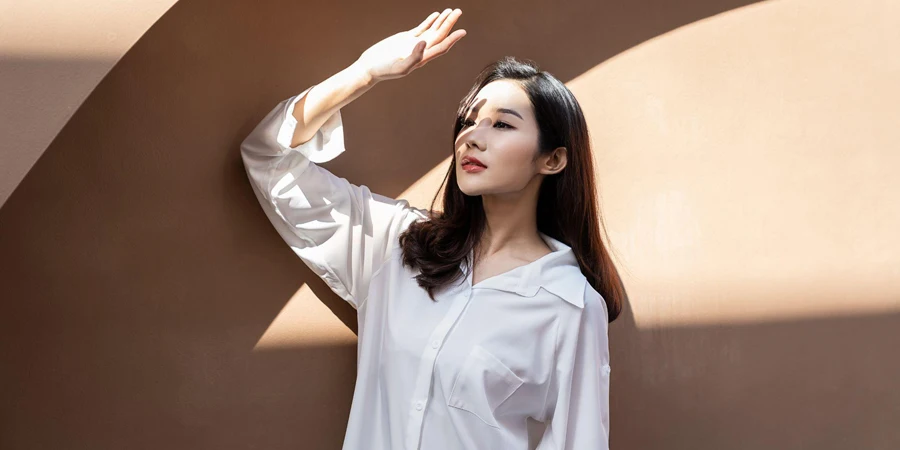Body positivity is not something new, but in the last several years, it’s had a significant impact on beauty brands. Consumers are demanding product lines and marketing campaigns that represent the diverse population. But this means more than including slightly more diverse models in marketing campaigns. Consumers are looking for authenticity, which means brands that value inclusivity and genuinely want to make and sell products that meet consumer needs.
So, let’s talk about what body positivity means and how your brand can consciously and authentically become more inclusive.
Table of Contents
The evolution of beauty standards
Social media and the rise of body positivity
What is body positivity?
Brands promoting body positivity in marketing
Criticism of the body positivity movement and body neutrality
The future of body positivity in marketing
Consumer demand and brand responsibility
Final thoughts
The evolution of beauty standards
For decades, the mainstream media and fashion industries have propagated a narrow and often unattainable standard of beauty. The images in magazines, advertisements, and on runways typically showcased slim figures, flawless skin, and certain facial features, creating an unrealistic and exclusive ideal. This unattainable standard led to widespread body dissatisfaction, contributing to issues such as low self-esteem and unhealthy body image.
However, as societal norms evolve, so does our understanding of beauty. The body positivity movement emerged as a powerful response to the narrow beauty standards that dominated the media landscape. Advocates of this movement encourage self-love, acceptance, and the celebration of all body types, irrespective of size, shape, or physical imperfections.
Social media and the rise of body positivity
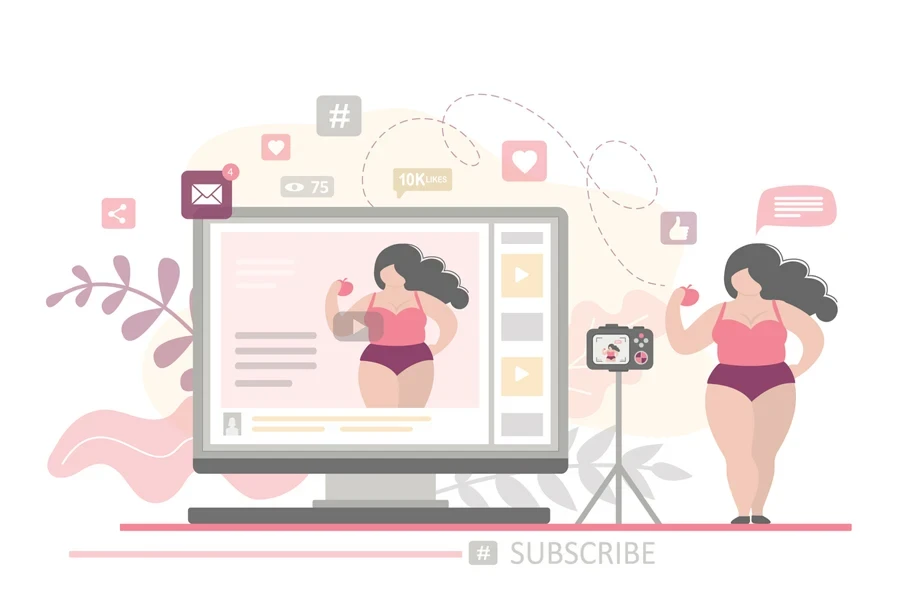
One of the driving forces behind the body positivity revolution is social media. While, on the one hand, social media has contributed to body issues by showing the best versions of people and censoring some body types, it has also become a powerful tool for individuals to share their stories, advocate for inclusivity, and challenge the status quo. These days, many influencers and activists use their platforms to promote body positivity, sharing unfiltered and authentic images that showcase the beauty of diversity.
The hashtag #BodyPositivity has become a rallying cry for those seeking to challenge societal norms and redefine beauty. Through these online communities, individuals find support, inspiration, and a sense of belonging.
Brands, too, have recognized the power of social media and are increasingly leveraging these platforms to engage with consumers and participate in the body positivity conversation.
What is body positivity?
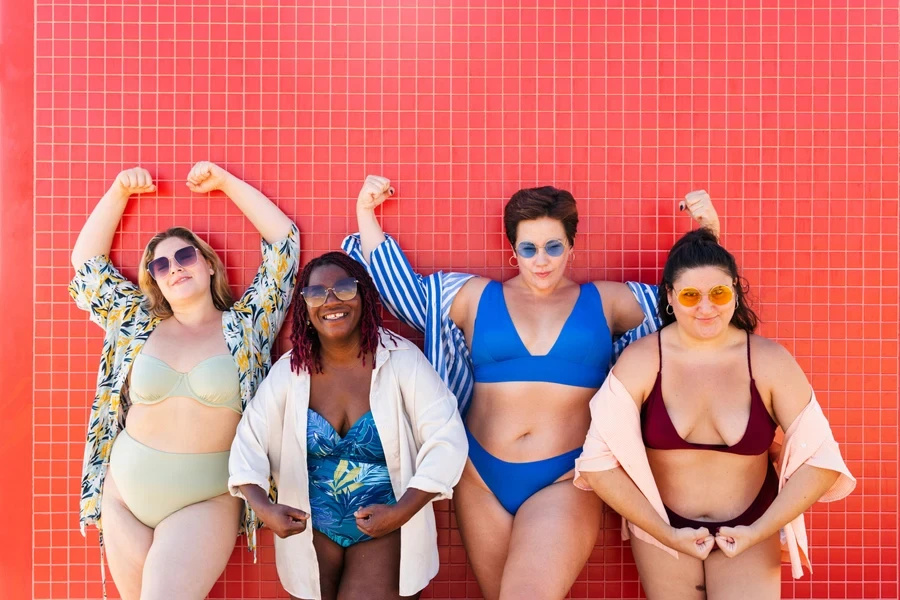
Body positivity is a social and cultural movement that advocates for the acceptance and celebration of all body types, regardless of size, shape, appearance, or physical imperfections.
It encourages individuals to embrace and love their bodies as they are, promoting a more inclusive and diverse definition of beauty. The movement aims to challenge societal norms and unrealistic beauty standards perpetuated by the media, fashion, and advertising industries, fostering a positive and accepting attitude towards one’s own body and the bodies of others.
Brands promoting body positivity in marketing
Several brands have taken a proactive approach to embracing body positivity, setting new standards for the industry. Here are some examples:
- Dove: Known for its Real Beauty campaign, Dove has been a pioneer in challenging conventional beauty standards. The brand features women of all ages, sizes, and ethnicities in its advertisements, encouraging a more inclusive definition of beauty.
- Aerie: The lingerie and loungewear brand Aerie, a subsidiary of American Eagle Outfitters, has gained acclaim for its commitment to using unretouched photos in its advertising. Aerie’s models represent diverse body types, promoting a realistic and positive body image.
- Fenty Beauty by Rihanna: Rihanna’s makeup line, Fenty Beauty, made waves in the beauty industry by offering an extensive range of shades to cater to all skin tones. The brand celebrates diversity and has been widely praised for its commitment to inclusivity.
- Savage X Fenty: Another brainchild of Rihanna, Savage X Fenty is a lingerie brand that has revolutionized the industry with its emphasis on diversity and inclusivity. The brand’s runway shows feature models of all shapes, sizes, and backgrounds, challenging traditional norms in the lingerie sector.
- Target: The retail giant Target has been applauded for its commitment to inclusivity in its fashion offerings. The company has expanded its size range and collaborates with designers for inclusive and affordable collections.
These brands are not only promoting inclusivity but are also redefining beauty standards within their respective industries. By doing so, they resonate with consumers seeking authenticity and representation in their products.
However, it’s important to note that as the body positivity movement continues, consumers expect more from brands.
Criticism of the body positivity movement and body neutrality
While progress is being made, the body positivity movement faces challenges and criticism. Some argue that the movement may be co-opted by brands for profit, leading to the term “body positivity washing,” a phenomenon where companies superficially adopt body positivity without making substantial changes in their practices.
Additionally, there are concerns about the potential exclusion of certain body types from the body positivity movement. Some argue that the movement may unintentionally focus on individuals who are deemed conventionally attractive, leaving out those who don’t fit within these narrow parameters.
It’s important to note that some of the brands mentioned above have only begun to scratch the surface regarding inclusivity. Some have moved away from body positivity and toward body neutrality, but consumers want to see an even bigger push to include greater diversity in products and models.
What is body neutrality?
Body neutrality acknowledges that not everyone may be at a point where they can wholeheartedly embrace and love their bodies. In a body-neutral mindset, the emphasis is on accepting the body as a vessel for experiences, actions, and achievements rather than placing undue importance on its appearance.
The future of body positivity in marketing
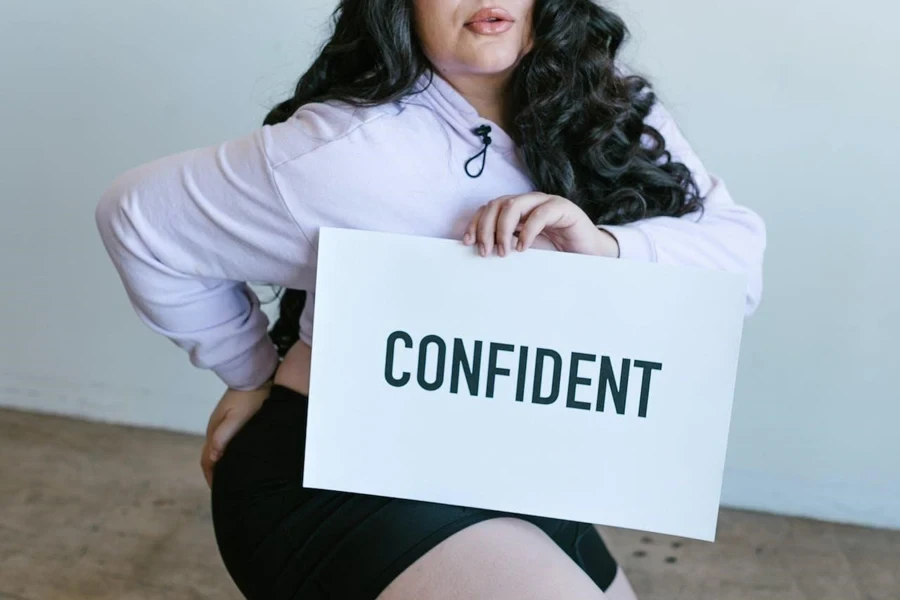
The body positivity revolution is not just a passing trend; it’s a fundamental shift in how society views and values diverse bodies. Brands that recognize and embrace this shift are likely to thrive in the evolving market landscape.
Here are some trends and predictions for the future of body positivity in marketing. Consider these for how you want to approach product development and marketing with your brand to align your brand with body positivity.
- Authentic representation: Consumers are becoming more discerning and can easily spot inauthentic attempts at body positivity. Brands that genuinely embrace diversity in their marketing, from size and shape to race and age, will build stronger connections with their audience.
- Inclusive marketing campaigns: Inclusive marketing campaigns will continue to gain momentum. Brands will increasingly feature models and influencers representing a broader range of body types, ensuring their products are accessible and relatable to a diverse audience.
- Size-inclusive fashion: The fashion industry will continue to expand its size ranges, with more designers recognizing the demand for stylish clothing across a spectrum of body sizes. Size-inclusive fashion will become the norm rather than the exception.
- Celebrating uniqueness: The emphasis will shift from conforming to beauty standards to celebrating individuality and uniqueness. Brands that celebrate the distinct qualities of each person rather than promoting a one-size-fits-all approach will resonate with consumers.
- Body positivity beyond appearance: The body positivity movement will extend beyond physical appearance to encompass overall well-being and mental health. Brands that acknowledge and address the holistic aspects of health will appeal to a more conscious consumer base.
Remember, it is critical to listen to consumer feedback. Listen to their comments on your product lines and on your marketing campaigns with genuine interest in making improvements.
Consumer demand and brand responsibility
As consumer awareness grows, there is an increasing demand for brands to take responsibility for the impact they have on body image and self-esteem. Consumers are more likely to support brands that align with their values, and many are now holding companies accountable for their marketing practices.
Brands that embrace body positivity not only cater to a more diverse customer base but also contribute to a cultural shift in which all individuals feel seen and valued. This shift is not just a passing trend but a reflection of a broader societal change in attitudes toward inclusivity and acceptance.
Final thoughts
As we look to the future, it’s clear that the body positivity revolution is far from over. Brands that recognize and embrace this shift are poised to thrive in a market landscape that increasingly values authenticity and representation.
By authentically embracing diversity, celebrating individuality, and promoting inclusivity, brands will resonate with consumers and contribute to a cultural shift where all individuals feel seen, valued, and worthy just as they are.
Want to learn more about inclusivity in the beauty industry and what you can do to make your brand more inclusive? Read this article.

